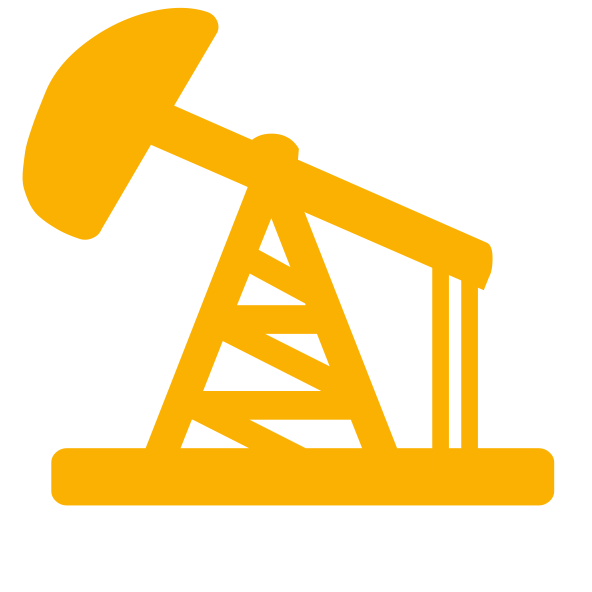 Leveraging digitization to streamline the implementation of safety programs and improve workflow processes
Leveraging digitization to streamline the implementation of safety programs and improve workflow processes
Shift management has become a highly agile and easily integrated solution thanks to digital transformation. As a critical component to ensuring worker safety and measurable risk management, it is a process that allows for organizations to translate legacy complexity into streamlined efficiency. Shift management today is so much more than its paper counterparts. It is a flexible and scalable system that embeds workflows, setups and dynamic routines into a centralized system that allows for real-time decision making and change management.
This evolution and revolution of a process that remains key to the intelligent and intuitive control of workforces within industrial environments is just one part of what McKinsey describes as one of the fundamental building blocks of digital transformation – data management and enrichment. It also forms part of the third and fourth building blocks described as: adopting an agile delivery methodology, and the shift to a modern technology environment. As the company points out, it is modernized workflow management tools that help to increase productivity while reducing human error.
However, the value of digitized shift management goes beyond just the ability to tick the transformation checklist. It also adds immense weight to change management, flexibility, centralized decision making, and insights and analytics.
Benefit 01: The value of change
A digitally realized shift management system means a comprehensive shift from paper to digital. It puts everything in one place and ensures that all information is discussed and transferred to relevant people and departments at the right time. Information doesn’t sit and stagnate in the wrong inbox or gather dust on a desk – it allows the organization to build a rich picture of workflows and behaviors and use this information to effect long-term and sustainable change.
Thanks to increased visibility through aggregated data from all work processes and available sources in real-time, decision-makers can identify trends, locate areas that have incident commonalities, and unpack areas of workflow or process that are inhibiting productivity. This allows them to implement a corrective action preventative action (CAPA) system that’s capable of evolving over time. It ensures that corrective action is taken using data that supports the decisions – it’s real data informing real processes that make a tangible difference. It’s change management 2.0.
Benefit 02: The importance of centralized intelligence
Using a centralized command center with dashboards and interactive reporting, teams can transform workflows and knowledge management in both expected and unexpected ways. It is a granular level of detail that allows for leaders to build intuitive workflows that include action tracking and approval controls that ensure compliance and embed worker safety into every aspect of the organization. This can be further enhanced by using the data to analyze work processes across the facility to improve flow, increase dynamic control, and transform worker engagement.
Intelligent insights can also be used to refine reporting so that it’s more accurate and allows for more relevant shift management implementation and control. It also helps team leaders to identify areas of weakness, to determine which shifts and teams work more effectively, and to set and monitor key performance indicators more accurately. In addition, the use of data and metrics on a more transparent and intelligent scale means that worker performance can be more accurately tracked and recognized. Plus, modern shift management platforms allow for the gamification of specific activities which further enables the promotion of safe behavior and more accurate reporting.
Benefit 03: Control of work
Shift management can be defined as a measure of work control, but with its ongoing digitization and the inclusion of additional features and capabilities, it has become so much more. Implemented correctly, it can transform how an organization collaborates with its people and allows for it to reshape its operations.
Using a powerful bi-directional platform, organizations can put real-time connected data at the forefront of the business. This ensures the efficient, comprehensive and reliable transformation of information throughout the business and, most importantly, across every shift. The knock-on value is measurable, both in cost and time. If shifts have insights and data that helps them to plan ahead or manage complex situations or navigate unexpected incidents, then they can effectively refine time management and reduce wasted time. They can also use bi-directional communication to relay relevant information in real-time and thereby enhance worker safety and engagement. In addition, the right digital system will allow for a clear digital record of any issues, reported problems, changes and worker schedules. This can then be used to manage a dispute, proactively resolve a high-risk problem, and so much more. It’s control across every touchpoint of shift and worker management.
The GOARC Benefit
The GOARC Shift Management platform is designed to take every one of these benefits and install them into the organization. The platform is an integrated, data-driven shift handover system that includes real-time connectivity, visibility and communications. It provides for safe, efficient and productive operations. It uses cutting-edge technologies such as artificial intelligence (AI) and machine learning (ML) to analyze the data and improve an organization’s predictive and proactive response posture.
This advanced shift management platform focuses on worker safety by putting all shift-related data in one central place and drawing a very clear operational picture of every shift for improved risk analysis. This in-depth contextual visibility ensures that there is a reliable flow of information and that decision-makers always have the information they need. It also allows workers to highlight areas of concern or improvement using solid data as a backup. Overall, it’s a key investment for organizations looking to translate their existing infrastructure into digital efficiency and maximize its potential within their own environments.


 Leveraging digitization to streamline the implementation of safety programs and improve workflow processes
Leveraging digitization to streamline the implementation of safety programs and improve workflow processes







